Auckland’s school decile system, a 1–10 ranking reflecting the socioeconomic status (SES) of a school’s community, is often conflated with academic quality. But does a high decile cause better NCEA results and university entrance rates? This analysis dives into data, historical context, and systemic biases to separate fact from fiction.
Decile Demystified: What It Means (and Doesn’t Mean)
New Zealand’s decile system determines government funding, not school quality. Low-decile schools (1–3) receive more funding to offset socioeconomic disadvantages, while high-decile schools (8–10) rely on parental donations. For example, Auckland Grammar School (decile 9) garners $4M annually in parental contributions, whereas Manurewa High School (decile 1) depends on state funding for wraparound student support.
Historical Context: Introduced in 1995, the decile system aimed to address inequity. However, decades of data reveal a stubborn correlation: decile 8–10 schools average 65% university entrance rates vs. 28% for decile 1–3 schools (2023 Ministry of Education data). Critics argue this reflects systemic privilege, not pedagogical superiority.
NCEA Results: The Decile Divide
Auckland’s high-decile schools dominate NCEA Excellence endorsements:
-
Decile 9–10: 42% of students achieve Excellence.
-
Decile 1–3: Just 9% earn Excellence, though pass rates (75%) near the national average.
But Why?
-
Resource Access: High-decile students often have private tutors, tech access, and stable housing.
-
Teacher Retention: Decile 8–10 schools report 12% lower staff turnover, ensuring curriculum continuity.
-
Parental Influence: University-educated parents (common in high-decile areas) correlate with academic prioritization.
Expert Insight: Dr. Melinda Webber (University of Auckland) states, “Decile is a proxy for privilege. It’s not that high-decile schools ‘teach better’—they teach students with preexisting advantages.”
Case Studies: Breaking the Mold
Some schools defy decile expectations:
-
McAuley High School (decile 3): Achieved a 92% NCEA pass rate in 2023 through targeted literacy programs and mentorship.
-
Selwyn College (decile 5): Boasts a 40% Excellence rate in sciences, rivaling decile 9 counterparts.
Predictive Modeling: If low-decile schools received equal extracurricular funding (e.g., coding clubs, music lessons), University of Otago researchers estimate a 15–20% boost in Excellence endorsements by 2030.
Global Parallels: Lessons from Abroad
-
Finland: No “decile” system; equal funding for all schools erases SES gaps in PISA scores.
-
USA: High-poverty schools underperform despite funding increases, mirroring NZ’s “opportunity hoarding” in affluent suburbs.
Auckland’s decile disparities align with global trends where wealth concentrates educational advantages.
Mindset & Stereotype Threat
Students in low-decile schools face implicit biases. A 2022 study found teachers in high-decile schools are 30% more likely to nominate students for scholarships, reflecting unconscious expectations. Conversely, Rutherford College (decile 4) combats this with “growth mindset” workshops, lifting UE rates by 18% since 2020.
Clear Recommendations for Parents
-
Look Beyond Decile: Compare schools’ value-added metrics (MoE publishes these)—how much they improve student outcomes relative to baseline.
-
Visit Schools: Observe culture. James Cook High School (decile 2) thrives via strong Pasifika community ties.
-
Advocate for Equity: Support policies redirecting resources to low-decile schools, like Labour’s 2023 proposal to increase per-student funding for decile 1–5 schools by 12%.
The Verdict
High-decile schools’ strong NCEA results stem from entrenched privilege, not inherent superiority. While Auckland’s Epsom Girls’ Grammar (decile 9) and St Kentigern College (decile 10) excel, their success is a product of SES, not magic formulas. For equitable progress, systemic reform—not parental “shopping”—is key.
Join the Debate
Is it fair to judge schools by decile? Should NZ replace the system? Share your views below, and let’s rethink what truly drives student success.
Data Sources: NZ Ministry of Education, Education Counts, PISA Reports.
Keywords: Decile vs. NCEA, Auckland high schools, socioeconomic impact, university entrance rates, educational equity.
Engage With Us: Are you a student, teacher, or parent affected by decile biases? Comment anonymously or tag someone rethinking school choices! 🌱









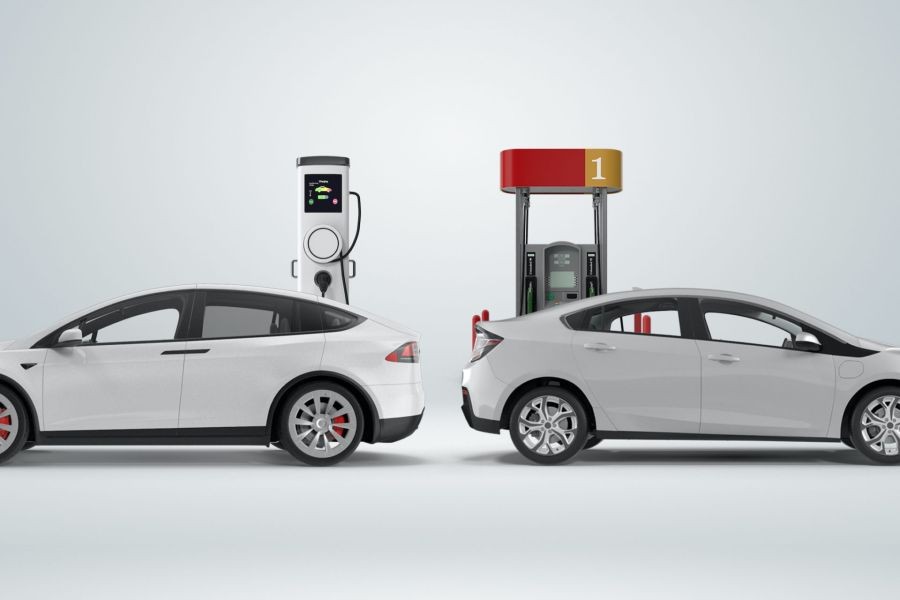


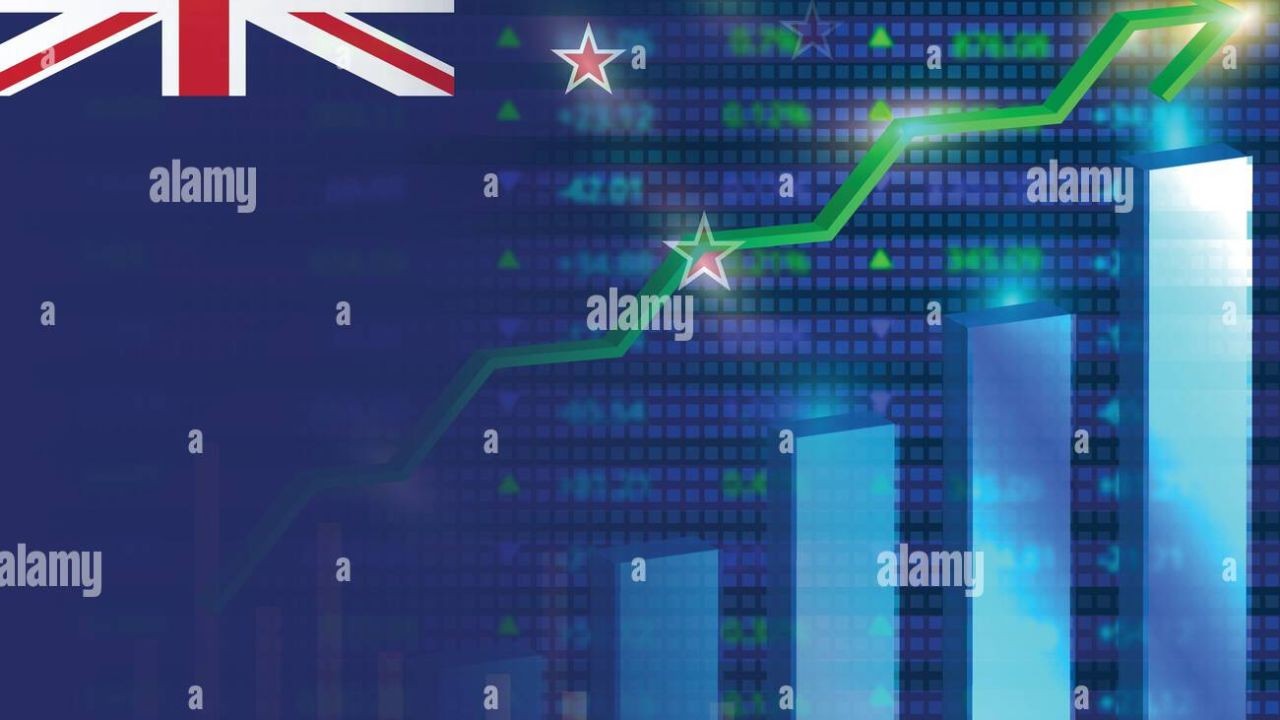










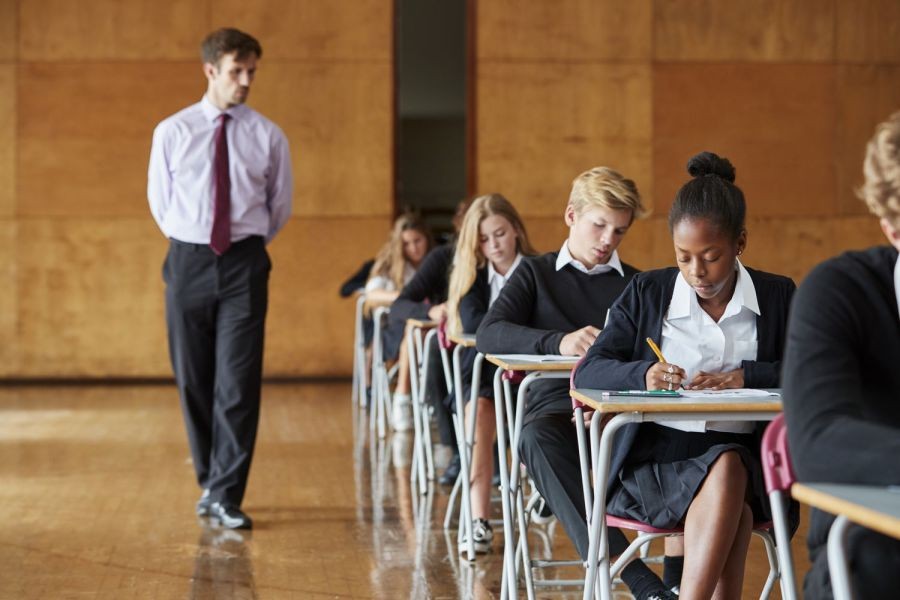

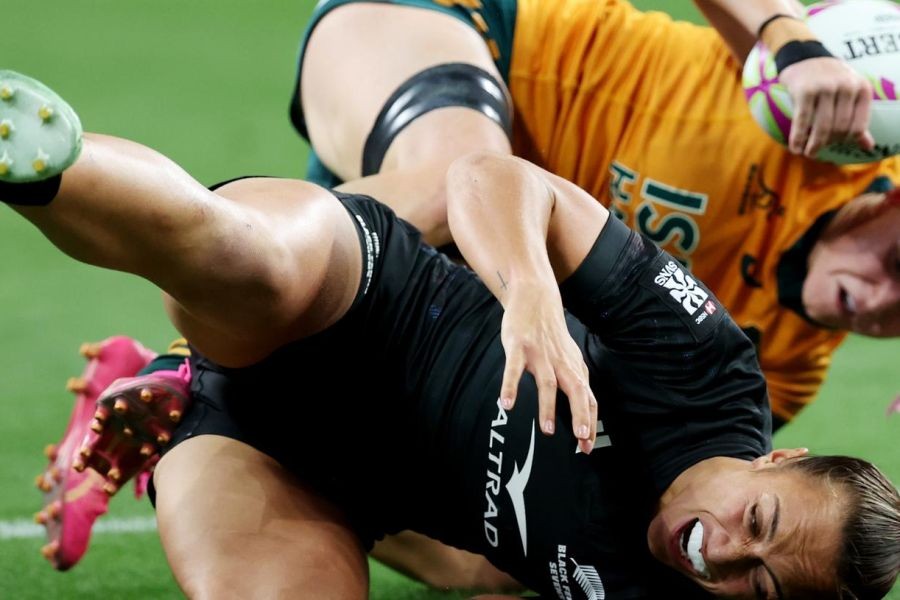
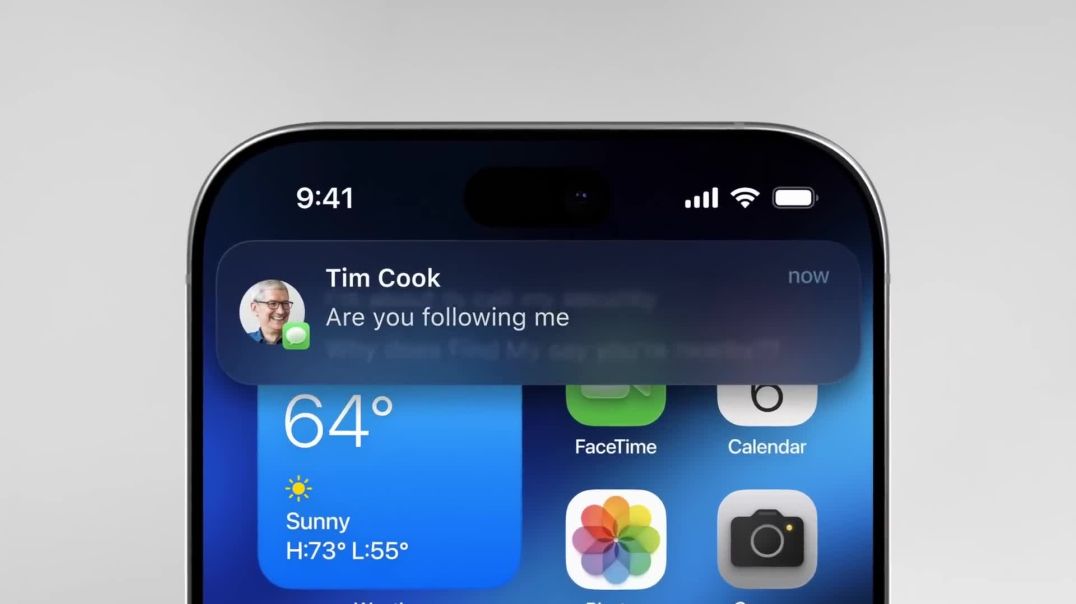


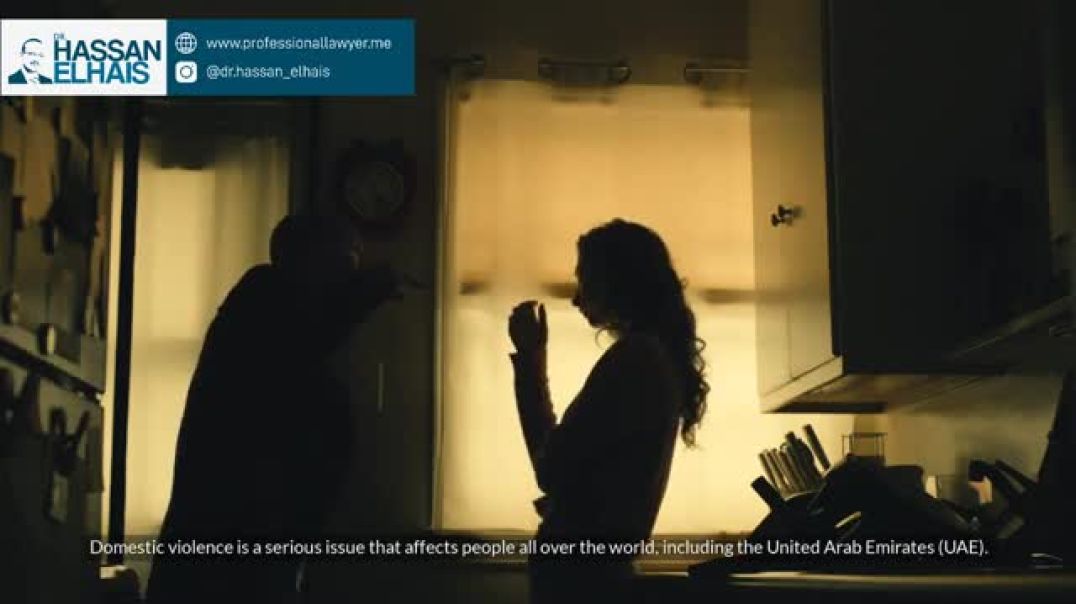

ElaineRine
4 months ago